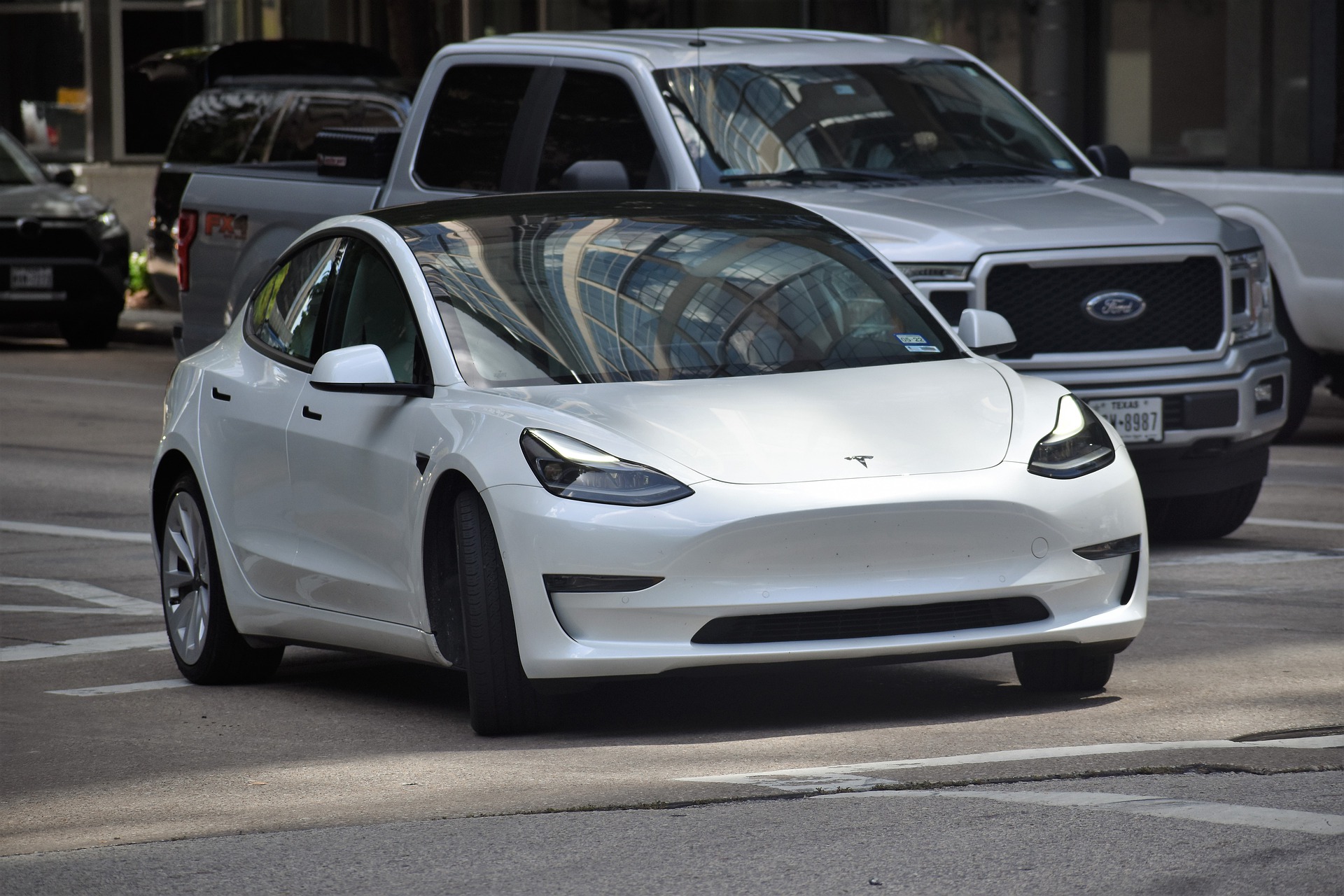Modern Pickup Trucks: Evolution, Impact & Trends
Pickup trucks have moved far beyond simple work vehicles, blending rugged utility with car-like comfort, advanced safety, and cutting-edge infotainment. This guide explores how modern pickups balance towing power, fuel efficiency, and new electrified options—helpful insights for buyers and enthusiasts.

Pickup trucks have undergone a profound transformation over the past few decades. What were once purely utilitarian machines for hauling materials and towing trailers have evolved into versatile vehicles that serve as daily drivers, family transports, and mobile workstations. Today’s trucks blend traditional capability with passenger-car comfort, advanced technology, and a growing emphasis on efficiency and sustainability.
Key Features of Contemporary Pickup Trucks
Modern pickups are frequently outfitted with features that once belonged only in luxury cars. Active safety suites—automatic emergency braking, adaptive cruise control, blind-spot monitoring, and lane-keeping assist—are commonly available across trim levels. High-quality interior materials, noise insulation, and multi-zone climate control make long drives more comfortable, while large touchscreens, smartphone integration, and vehicle-to-phone connectivity provide a user experience that rivals premium sedans.
Manufacturers are also integrating clever, truck-specific innovations. For example, the GMC Sierra highlights practical engineering with its MultiPro tailgate system, which improves bed access and loading flexibility, and heads-up display options that keep important data in the driver’s line of sight. These sorts of solutions reflect a focus on ergonomic utility that complements the broader trend toward a refined cabin environment.
Performance and Capability Considerations
Under the hood, buyers can choose from a wide array of powertrains. Efficient turbocharged V6 engines are popular for balancing performance and fuel economy, while traditional V8s remain available for drivers who prioritize towing and acceleration. Diesel options offer strong low-end torque and long-range efficiency for heavy-duty use. On the upper end, heavy-duty pickups are engineered to handle extreme loads, with some commercial-oriented models capable of towing well over 35,000 pounds when properly equipped.
Towing capacity and payload ratings are major differentiators across the range. Manufacturers improve these figures not only through larger engines but also via reinforced frames, upgraded suspensions, and advanced trailer-assist technologies such as integrated trailer brake controllers and trailer-sway mitigation. At the same time, automakers invest in aerodynamics and lighter materials to enhance fuel efficiency, helping make trucks more practical for day-to-day driving without sacrificing their hauling capabilities.
Popular Pickup Truck Models and Pricing
Below is a snapshot of several mainstream full-size pickups and their starting prices alongside headline towing numbers. These figures represent entry-level MSRPs and maximum towing capacities and are intended for comparison rather than purchase decisions.
| Model | Starting MSRP | Max Towing Capacity |
|---|---|---|
| GMC Sierra 1500 | $37,000 | 13,200 lbs |
| Ford F-150 | $34,585 | 14,000 lbs |
| Ram 1500 | $37,090 | 12,750 lbs |
| Chevrolet Silverado 1500 | $35,600 | 13,300 lbs |
Prices, rates, or cost estimates mentioned in this article are based on the latest available information but may change over time. Independent research is advised before making financial decisions.
Environmental Impact and Future Trends
The pickup segment is adapting to increasing regulatory and consumer pressure for lower emissions and better fuel economy. Hybrid drivetrains and full battery-electric pickups are moving from concept to showroom. Electric models already available or announced promise to preserve towing and payload capability while reducing tailpipe emissions and, in many cases, lowering operating costs over the vehicle’s lifetime.
Beyond electrification, manufacturers are optimizing combustion engines, using mild-hybrid systems, and adopting advanced transmissions to reduce fuel consumption. Lightweight materials, active grille shutters, and refined underbody aerodynamics further contribute to efficiency gains. For commercial users, total cost of ownership becomes an important metric—electrified powertrains can shift that balance by offering lower fueling and maintenance expenses despite higher upfront costs.
Charging infrastructure and range remain important considerations for buyers leaning toward electric pickups. Automakers are addressing real-world needs by improving fast-charging capabilities, increasing battery capacity, and integrating features like onboard power outlets to support tools and campsite equipment.
Why These Changes Matter
For consumers, the modern pickup’s evolution means greater flexibility. A single vehicle can serve as a reliable daily commuter, a comfortable family hauler, and a capable work truck. Safety technology improves protection for occupants and vulnerable road users, while infotainment and convenience features reduce fatigue and increase usability.
For businesses and contractors, advances in towing tech, payload management, and durability translate into time savings and operational efficiency. For society, the industry’s move toward cleaner powertrains helps reduce greenhouse gas emissions and dependence on fossil fuels.
Pickup trucks remain a defining segment of the automotive market because they continue to adapt. As manufacturers refine drivetrains, add smart safety systems, and introduce electrified options, buyers benefit from vehicles that retain the raw capability of traditional trucks while offering the comfort, convenience, and efficiency expected in modern motoring.
Whether you need a vehicle for heavy towing, daily commuting, or a bit of both, today’s pickup trucks deliver a blend of tradition and innovation—preserving their rugged roots while embracing technology and sustainability for the road ahead.





